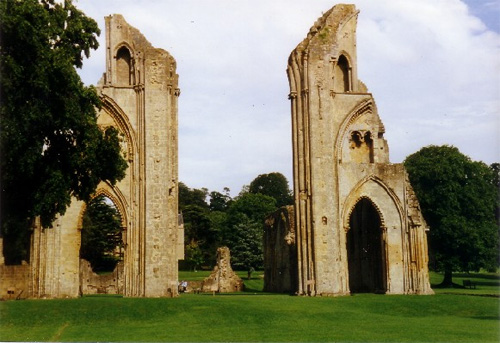Recycling the Monastic building: The Dissolution in Southern England
Historian article

The dissolution of the monasteries was one of the most dramatic developments in English History. In 1536, the religious orders had owned about a fifth of the lands of England. Within four years the monasteries had been abolished and their possessions nationalised by Henry VIII. Within another ten years, most of this had been privatised. These developments affected local communities up and down the land, in a much greater way than the break with Rome or perhaps any other change of the reign of Henry VIII. They affected them in their economic as well as their religious life. In many cases it simply meant replacing one lord by another, but elsewhere it saw the great monastic buildings transformed, whether to ruins or to other uses. Near the monastic sites, communities suffered to a greater or lesser extent from the loss of the main employer or consumer of the locality. But how far were the monasteries replaced in these roles by new owners? Behind the national picture lies the impact of the Dissolution at a local level. The process of dissolution...
This resource is FREE for Student HA Members.
Non HA Members can get instant access for £2.75

